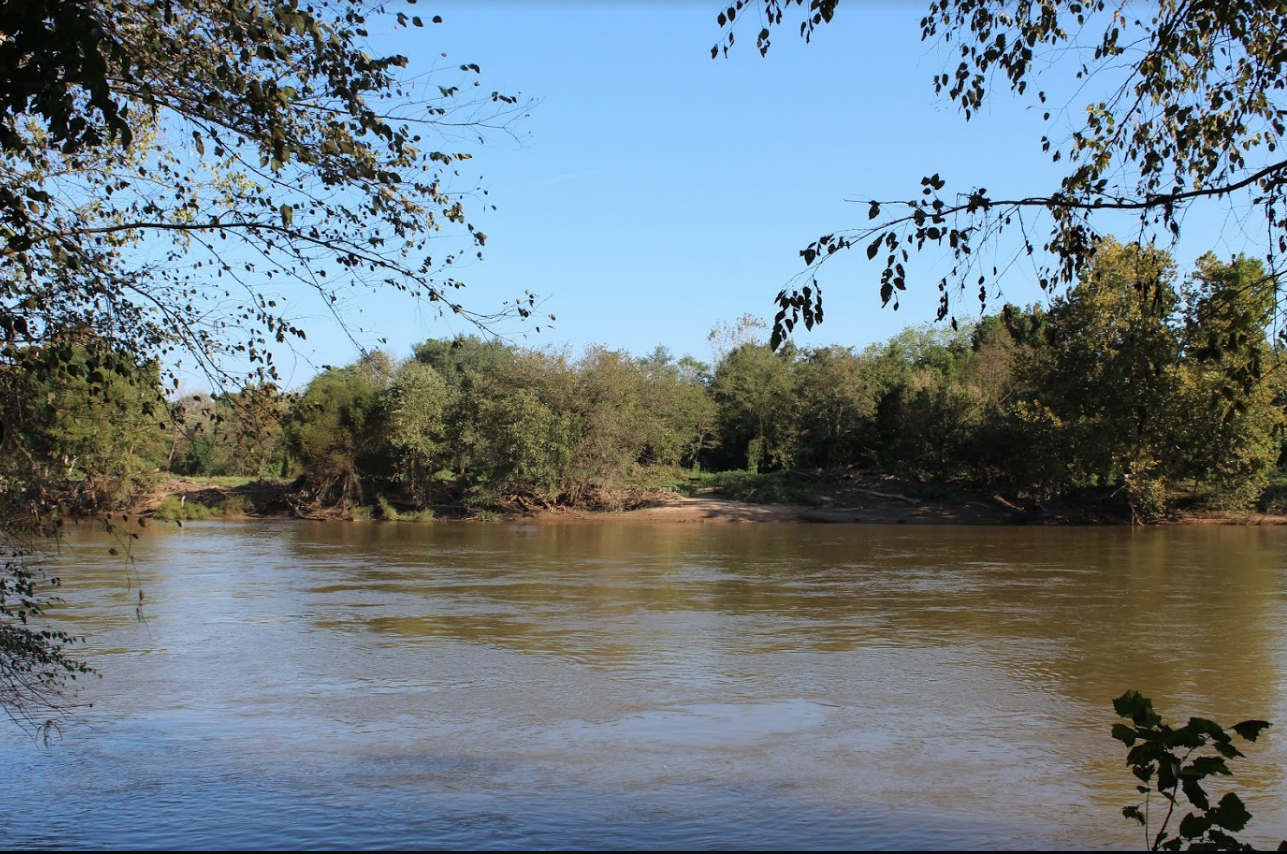Protecting the Rappahannock, keeping our river clean
3 min read
Cayley McGuire | The Blue & Gray Press
By HEATHER STROTHER
Staff Writer
Imagine yourself on a nice warm day, walking to the Rappahannock River. It’s a brisk 72 degrees, partially cloudy and birds are chirping all around when suddenly, a piece of glass slices through your shoe before you get to the beach.
Thankfully, instances like these are less likely because of river cleanups. Not only are they important for recreational safety, but also for wildlife surrounding the Rappahannock and potential pollutants which seep into the vegetation and water streams alike.
Friends of the Rappahannock, based in Fredericksburg, is a strong advocate for environmental education, restoration and advocacy. They provide ample connections to get active in one’s community to help keep the surrounding city clean.
An upcoming river cleanup will be happening in the next few days. The Big Fall Cleanup is on Oct. 7 from 9 a.m. to noon. Over 10 sites will be scanned and cleared starting at Old Mill Park and going to various places along the river.
A healthy environment allows for a higher quality of life. “There are various cycles which occur regularly between the environment and living things to maintain natures balance… if such cycles get disturbed, natures balance also gets disturbed which ultimately affects human lives,” states Friends of the Environment’s website.
Three main cycles which drive production on earth are the carbon, phosphorus and nitrogen cycles. An offset from one of these such as nitrogen which is gained through the root system affects the taste of vegetables or fruit.

April Peterson, a local business owner, finds picking up even the smallest rubbish highly effective for a healthy environment, “some of the most harmful trash is ‘micro-trash’ or trash that is so small that most people count it as unimportant.” Nitrogen Dioxide can be found in cigarettes which are a large portion of micro-trash. “It ends up in the river and consumed by wildlife.” Due to large quantities of nitrogen being absorbed by the plant, it halts other nutrients from being taken in by said plant. When river cleanups are enacted, it allows for new groups such as tree planting organizations to come in and place plants near the river to soak up pollution which would potentially flow into the river system.
The loss of grass and weeds due to the colder season will also allow unwanted sediment into the river due to lack of filtration. This makes picking up trash even more crucial. With the absence of many leaves and plants decaying it is much easier to see trash. Unfortunately, this also means that, “Trash can more easily fly from parking lots straight into the river,” said Peterson.
Peterson, owner of River Rock Outfitters in downtown Fredericksburg is highly active in keeping her community’s environment clean. “If we want clean water to drink and play on then we must start doing our part.” On her usual cleanups she will spot plastic bags, pizza boxes and food containers, but not every cleanup is typical. “We always find trash that is purposefully dumped, for example, we have found old mattresses, rusted bikes, old air conditioner units, tires and even a safe.”
There are many simple ways students can become active in keeping their town clean, such as picking up trash they may see on a walk, using reusable items and influencing peers to be aware and involved with keeping Fredericksburg or wherever they go clean. It’s never too late to take part in caring about the environment.


